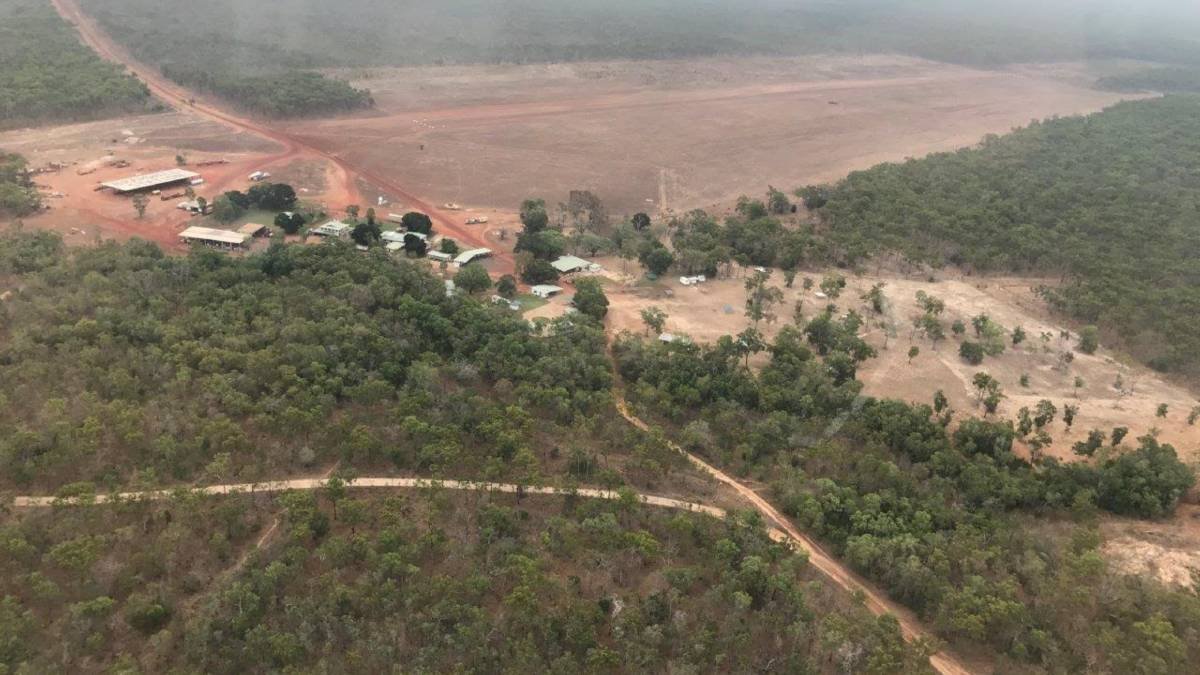Story at a glance…
-
Queensland Australia has bought hundreds of properties to increase the state’s protected areas.
-
Almost all these areas are then turned over to the ownership of Aborigines.
-
This system contains 4,475,000 hectares of incredibly diverse ecosystems.
Two former cattle ‘stations’ in the north Australian state of Queensland totaling 131,900 hectares (500 square miles) have been purchased by the government as part of their program to return ownership of land on the Cape York Peninsula back to the indigenous people.
Environment Minister Meaghan Scanlon said at the time that these two areas have significant, undisturbed ecosystems that will become part of a protected area that includes tropical rainforest, heathlands, warm savannah, and freshwater ecosystems.
“These areas are important on a global scale both naturally and culturally, so it’s fantastic that they will be in safe hands as the Queensland government returns them back to the Wuthathi and Atambaya Peoples,” a spokesperson for Our Living Outback, an advocacy group, said at the time.
“This is one of the most significant purchases in Queensland history – linking close to one million hectares of protected land in a picturesque part of our state,” Annastacia Palaszczuk, the Queensland Premier said in a statement.
The two cattle stations link up with other protected areas, some under state control, others under Aboriginal control, including Batavia National Park, Ampulin National Park, Michingun Nature Refuge, and the Steve Irwin Wildlife Reserve, purchased by the Crocodile Hunter’s foundation set up by the Australia Zoo.
“The lands also provide further opportunity to protect the Great Barrier Reef by stabilizing two catchment areas that flow into the Great Barrier Reef lagoon,” Scanlon added. Cape York is known as the gateway to the Great Barrier Reef, but is incredible biodiverse in its own right.





